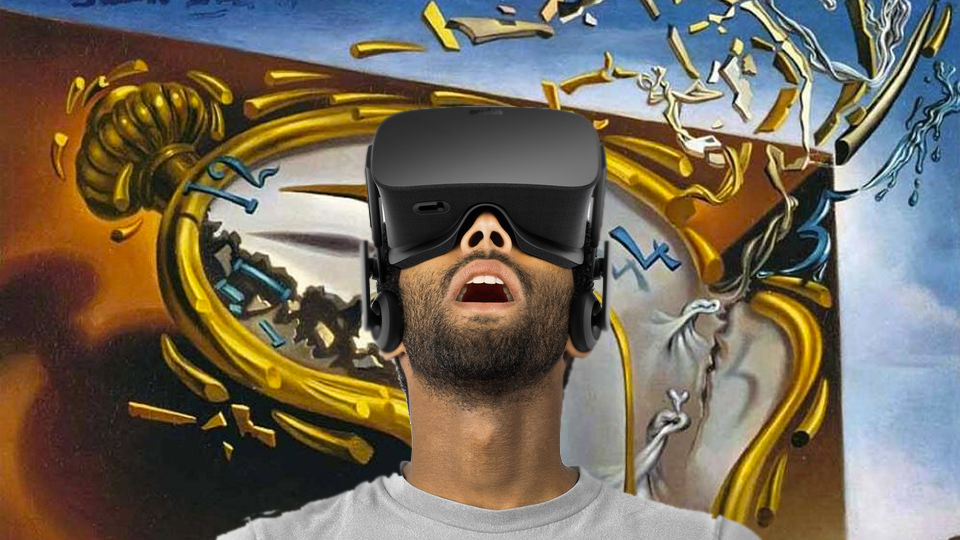The latest Oculus VR headset prototype would let you see more than ever before
And in better focus, too

When it comes to using a virtual reality (VR) headset, no matter how good the display is, what you see will always be limited by how wide the headset's field of view.
Most of the best VR headsets on the market, like the Oculus Rift, PlayStation VR and HTC Vive, have a 110-degree field of view, which is actually pretty good, but you will still see the edges of the headset once you look outside of this boundary.
That could one day change, however. This week at the F8 2018 developer conference, Facebook teased a new VR headset prototype with wider lenses that expand the field of view inside the headset to 140 degrees.
Called Half Dome, the headset's lenses would allow users to see a much broader field of view than even the new, ultra-high end HTC Vive Pro, which still has the traditional 110-degree FOV.
What's more, the Half Dome lenses are 'varifocals' that are controlled mechanically. This means that instead of the focus changing on the software side when you look at something in VR (like what's done with foveated rendering), the lenses themselves adjust to give you better focus.
Varifocals simulate how your real eye adjusts to look at objects, so putting them in a VR headset would offer a more realistic simulation of visual focus.
There's no word on when we'll see the tech inside Half Dome make it to an actual product, though with signs pointing to a possible Project Santa Cruz release later this year, we could see this tech sooner rather than later.
Sign up for breaking news, reviews, opinion, top tech deals, and more.
Via Digital Trends

Michelle was previously a news editor at TechRadar, leading consumer tech news and reviews. Michelle is now a Content Strategist at Facebook. A versatile, highly effective content writer and skilled editor with a keen eye for detail, Michelle is a collaborative problem solver and covered everything from smartwatches and microprocessors to VR and self-driving cars.